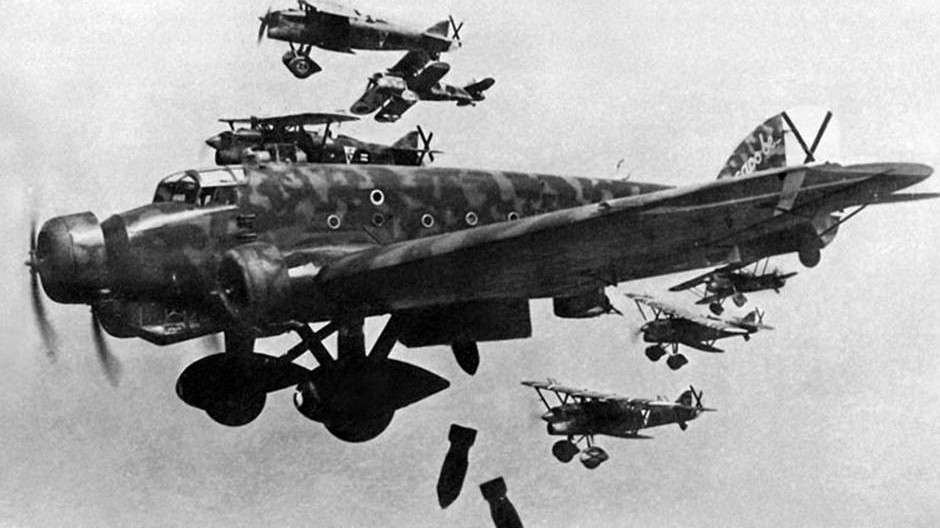

Never Alone In Aviation: The JetAv Blog by Jack Schweibold.
Have you ever felt lonely in aviation? During the height of the Cold War following WWII I was at the SIAI Marchette factory just north of Milan, Italy. The mission was to evaluate a new installation of a turboprop engine in one of their new designs. SIAI was struggling to recover from bankruptcy. Entering their one remaining hangar not bombed out by the allies, it was easy to picture a line of their three-engine S.M.81 “Pipistrello” Bombers (pictured above) rolling through the gigantic facility by the dozens. At 700hp per engine, it carried significant munitions to wreck havoc in the Mediterranean and North Africa. Now the facility had decayed to a dim dust bin, punctuated by a single continuous loop hand towel, appearing as the lone survivor of more glorious days.
Our test flight was airborn, “Da rosa . . . the red light again!” exclaims Siai Marchitte’s Chief Pilot, “I told you, it would only take a couple minutes before the engine light would come on again!” We were in their copy of a lightweight turboprop model of our army’s L19 spotter aircraft. To vividly make his point he pulled the throttle back, rolled abruptly to the left at our mere 300’ in the air . . . just off the end of the runway … and plopped us in a vineyard between rows of ripe grapes. With leaves and dust engulfing the airplane he shut the engine off and said, “See, your handbook says to land and check the magnetic oil plug.” He made his point! What a place to check the plug. I felt alone, without a toolbox and out languaged. As pilots, we don’t always carry the correct wrench in our flight suit. We radioed their operations and a mechanic was sent to check the oil plug for contaminant while we had lunch in the nearby Aero Club.
This was my first visit to Europe and introduction to the Aero Club, a tradition still running strong since WWI. It was a small country type pub located on the airport where all the local aviators hung out. Memorabilia of the areas experimental and production aircraft decorated the walls and ceiling … obviously the prototype for our country’s 94th Aero Squadron Restaurants. Several shelves held beer mugs belonging to current locals and those left by famous persons from the past. I was introduced to the proprietor and his family and treated as though I had dined there forever. Every member of the household, from the children to the grandparents, served us the meal of the day and earnestly engaged in our conversations. Here, there was never a question about nationality; everyone was an airman . . . that placed all of us in a universal family. It appeared much like my father-in-laws yacht club. Membership in the club made one a transient member of the club at which one docked . . . even on the other side of the continent. In the Aero Club, Aviation World Record holders and test pilots were immediately elevated to commodore or admiralty status. Problems of the day were not discussed here. It was like being home but able to feel safe even though bombs were dropping and planes were falling from the sky . . . as ours just had.
We were back in the air after lunch and siesta. Their whole factory shut down for several hours while most of the workers returned to their homes for meals and rest. They would return and work until 7 pm. The flight that day was memorable, but not from the forced landing. I believe that episode may have been staged to direct my focus to an excessively powerful magnetic oil plug. What was memorable was the winding flight through the Italian valleys. It testified that Europe was laid out by footpath and cow trail, not by the surveyors who platted most of North America. Red clay tiles, capping almost every building, reflected the sun and rain as they had for millennia. The Europeans work hard to retain the comradery of fellow aviators, here in America may we never loose ours.
